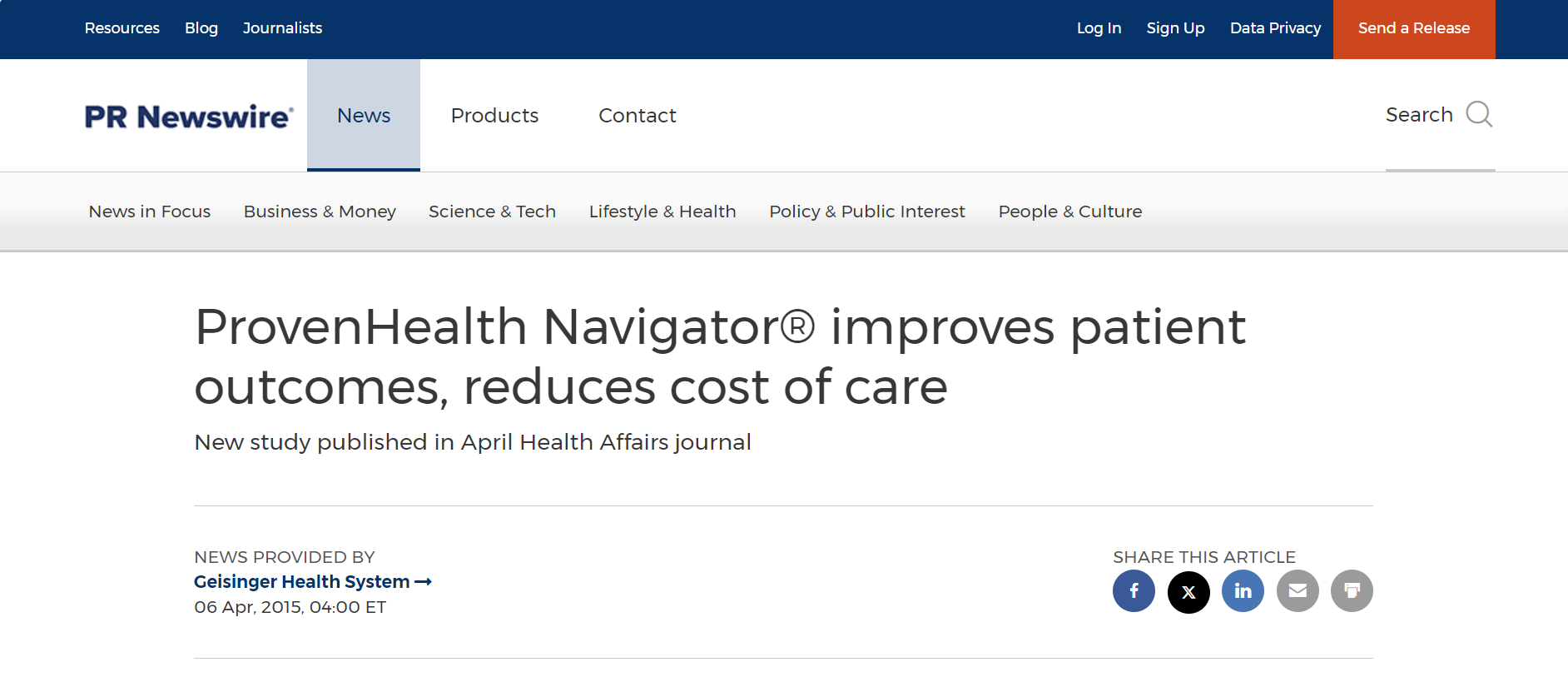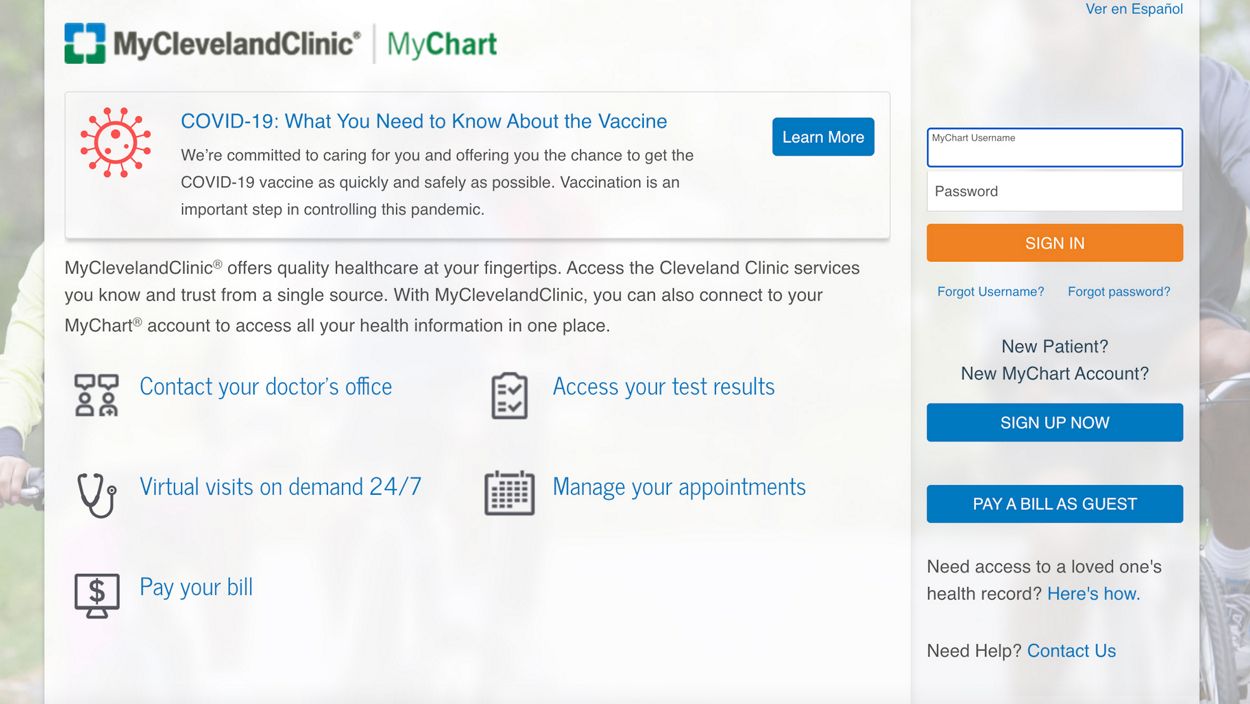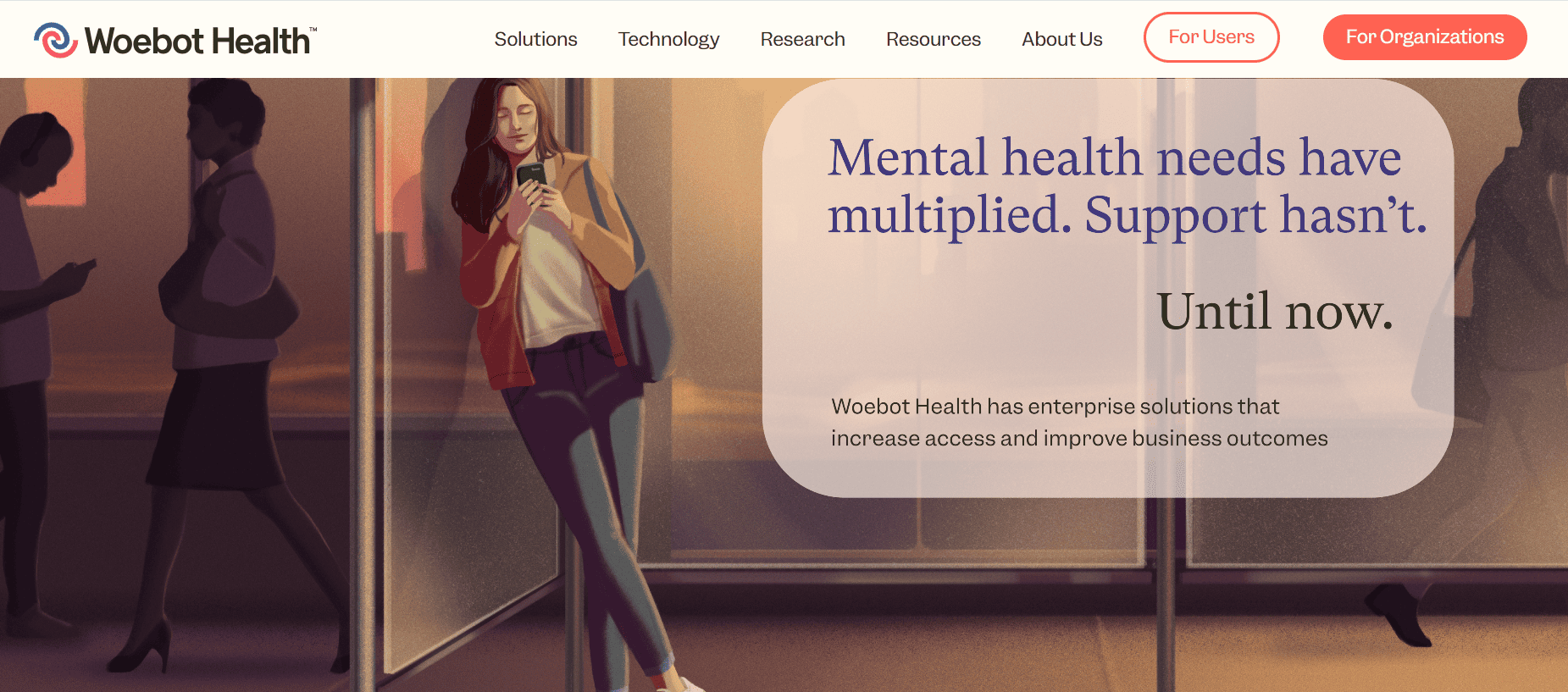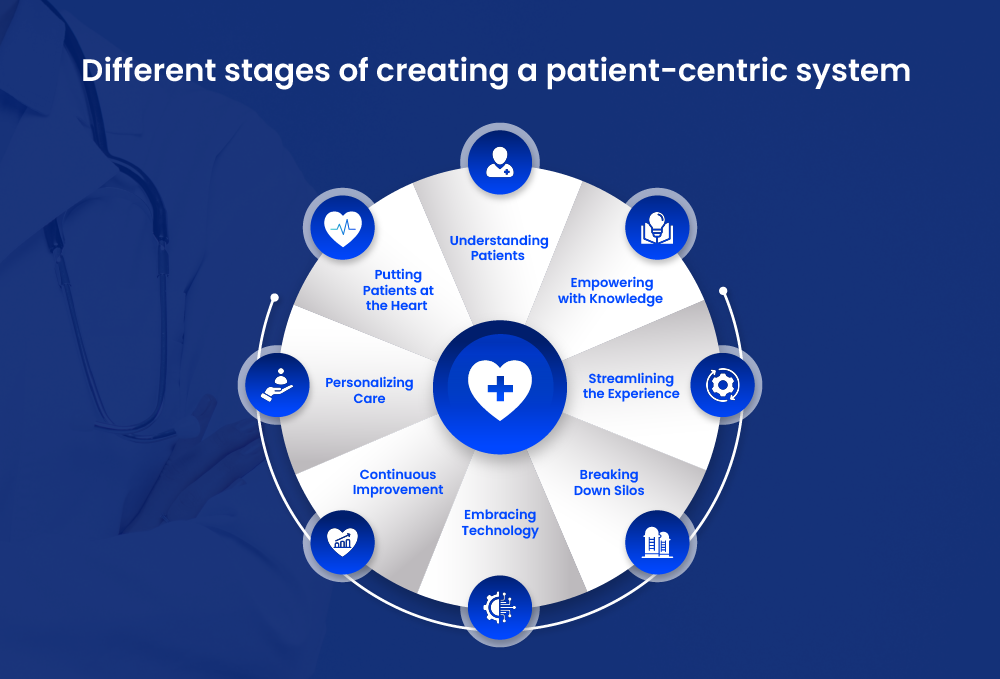You would have heard “patient centricity” in meetings, webinars, news, research papers, and everywhere. But is it just another medical jargon? No, it’s more!
Healthcare has always been a fee-for-service-focused industry – the more procedures performed, the higher the bill. This model leads to unnecessary tests, limited preventive care, and fragmented experiences.
However, consumer behavior has changed. Patients are aware of their needs and rights and hence demand a voice and choice in their healthcare. They want to be equal partners in their overall healthcare journey. And this shift is what is pushing healthcare towards – a patient-first healthcare system.
This blog is all about this shift. We’ll explore what it means to have a patient-centric healthcare system, why it’s so important, and how we can make it a reality.
Let’s start with understanding what patient centricity is.
What is Patient Centricity?
Patient-centricity is all about putting the patient first in everything we do, making sure their needs and preferences are at the heart of their healthcare experience. It is listening to the patient’s voices and crafting a customized healthcare journey to enhance outcomes.
Everyone has a different outlook of patient centricity; while some call it “patient engagement” and others “patient-focused,” they all mean the same thing – keeping the patient front and center.
So, how do we ensure patient-centricity? The answer lies in embracing three fundamental principles:
1. It’s about the patient, not the process
You need to listen to patients and their needs, then create a process. Respect their values and involve them in the decision-making process for their healthcare.
For example: Understanding the eating habits and food preferences of a patient before sharing a diet plan.
2. It’s about understanding, not assumptions
Remember, what works for one patient may not work for all. Try to connect with each individual and understand their preferences. If required, feel free to ask basic questions because it is always better than assuming anything. So, do your own pilot projects and create a strategy for patient centricity based on results.
For example: Doing a survey before building a telemedicine program. Ask people about the preferred time mode of communication and then build the program based on survey results.
3. It’s about connection, not just care
Communicate with patients at each journey stage. Have empathy and build trust.
For example: Scheduling 2-3 calls during the recovery week, even after a minor operation, to ensure they are on the right track and ask if they need any assistance.
Here are some industry famous examples of patient centricity.
Industry Famous Examples of Patient Centricity in Healthcare Organizations
1. Geisinger’s ProvenHealth Navigator program
Recognizing the non-medical challenges that patients face like claiming insurance and finding a home care nurse, among others, Geisinger implemented the ProvenHealth Navigator program. These specially trained nurses connect patients with social services, transportation assistance, and other resources to help them manage their health outside the hospital. This holistic approach has improved patient outcomes, reduced readmissions, and increased patient satisfaction.

2. Cleveland Clinic’s MyChart patient portal
Empowering patients with information and control is key to patient-centricity. Cleveland Clinic’s MyChart portal gives patients secure access to their medical records, test results, and appointments. They can even message their doctors and manage their medications online. This transparency and accessibility have fostered trust and improved patient engagement.

3. AI-powered mental health support
Recognizing the rising need for mental health support, many healthcare companies have launched AI mental health support applications. They leverage AI tools to assess callers’ mental state and offer personalized guidance and support resources.

4. Project ECHO’s knowledge-sharing network
Project ECHO leverages telemedicine to connect specialists in urban centers with healthcare providers in rural areas. This fosters knowledge sharing and empowers local doctors to manage complex cases, ultimately improving healthcare access and outcomes in under-served communities.

Organizations around the world are actively building patient-centric systems. These few examples show the diversity of their efforts. If you still have the question – What is the benefit of all these efforts? Let’s discuss that.
Benefits of a Patient-centric System
Here are the top 5 benefits of a patient-centric system for healthcare providers or organizations:
1. Improved patient outcomes
When patients are actively involved in their care decisions, they are more likely to follow treatment plans and experience better health outcomes. A patient-centric system helps you understand and connect with patients while creating their treatment plans. It also empowers patients with their medical information, patient tools, care plans, and other resources to manage their health effectively. This leads to faster recovery and reduced hospital readmissions.
A patient-centric system also simplifies chronic disease management for healthcare providers and patients. Real-time data and accessible communication provide continuous support, leading to better self-management.
2. Enhanced patient satisfaction
Patient-centric systems prioritize communication and collaboration, leading to a more positive patient experience as they are heard and understood better and get the care they want. This can help increase loyalty and strengthen doctor-patient relationships.
3. Increased staff morale and productivity
Staff members who work in a patient-centric environment often report higher levels of job satisfaction and engagement. This is because they feel valued and empowered to provide the best possible care for their patients.
4. Reduced healthcare costs
By focusing on preventive care, early intervention, and patient education, patient-centric systems can help reduce overall healthcare costs. This can be achieved through lower hospital readmission rates, decreased utilization of emergency services, and improved management of chronic conditions.
5. Improved reputation and competitive advantage
Providing a patient-centric experience is a key differentiator. Healthcare providers and organizations that adopt patient-centric systems can attract and retain patients, build a strong reputation, and gain a competitive edge.
Now let’s look at how you can build a patient-centric system for your healthcare organization.
How to Create a Patient Centric Healthcare System
Unlike other processes (like the patient onboarding process or appointment management), there is no step-by-step guide to creating a patient-centric system, as it needs to be added as a value in your healthcare organization. But still, we have tried our best to simplify it and give you some starting steps in the journey.

1. Understanding patients
As the whole system is built for the patients, it is essential to start with the patients.
- Conduct in-depth interviews and focus groups to gather qualitative data.
- Implement patient journey mapping to identify pain points and opportunities for improvement.
- Foster a culture of empathy among healthcare professionals through training programs.
2. Empowering with knowledge
The next step would be to empower patients with knowledge. Think clear, concise explanations, not medical jargon soup. Offer information in different ways, videos, apps, whatever works, and put them in the loop when it comes to decisions about their own health. It’s their body, after all!
- Develop patient-friendly educational materials in various formats.
- Create interactive tools and apps to enhance health literacy.
- Encourage shared decision-making by involving patients in treatment plans and options.
3. Streamlining the experience
A streamlined process at the healthcare facility directly affects the patient’s experience and satisfaction. So, the next step would be evaluating and improving your existing processes for the patient’s convenience. You can start by reducing (or eliminating) paperwork, improving the waiting room experience, and providing telehealth options and flexible hours.
- Implement online appointment scheduling and reminders.
- Integrate telehealth services for remote consultations.
- Design user-friendly interfaces for patient portals to access information easily.
4. Embracing technology
Technology can be your friend here. Secure online portals for medical records, medication reminders, and even educational resources, all at their fingertips. Additionally, training the staff to be tech-savvy and communication champions will aid in enhancing the patient experience.
- Train staff in the use of digital tools and technology.
- Ensure the security and privacy of online platforms for medical records.
- Continuously explore and adopt emerging technologies to enhance patient care.
5. Continuous Improvement
As mentioned at the start, there is no defined process for patient centricity. Therefore, one needs to measure, learn, and improve constantly. Feedback is our fuel, so surveys, reviews, and open conversations are crucial. Let’s analyze data, identify patterns, and use that knowledge to personalize care and improve things.
- Establish a robust feedback mechanism through surveys and reviews.
- Analyze data to identify trends and areas for improvement.
- Regularly update and upgrade systems based on feedback and changing patient needs.
- Use data analytics to create personalized treatment plans.
- Leverage patient feedback to tailor services to individual preferences.
- Implement predictive analytics for proactive health management.
- Develop patient advisory councils to provide direct input into healthcare decisions.
- Foster a patient-centered mindset among staff through ongoing training.
- Celebrate successes and milestones in patient satisfaction and engagement.
Remember, the key to success is a holistic and ongoing commitment to putting patients at the center of the healthcare journey. This involves a combination of human-centered approaches, advanced technology, and a culture of continuous learning and improvement.
Now that we have discussed what a healthcare provider can do to build a patient-centric system, let’s look at some software that can be your best buddy in this journey.
Software to Help Build Patient Centricity
Here are three software that will help you build a patient centric system in your healthcare organization.
1. LeadSquared
LeadSquared is a patient management and engagement platform. It helps healthcare providers manage patient relationships, automate healthcare workflows and communication, and streamline processes for improved patient engagement.
Unique Features:
- Inquiry and Patient Management: Provides tools for managing leads and patient relationships in a centralized system.
- Marketing Automation: Offers automation features for personalized communication and engagement with patients.
- Workflow Automation: Streamlines processes through automated workflows for improved efficiency.
To know more, on how LeadSquared can help improve patient experience, book a personalized demo today.
2. AthenaOne
AthenaOne, by athenahealth, is a comprehensive suite of cloud-based services for healthcare organizations. It includes electronic health record (EHR) management, medical billing, and practice management tools to enhance operational efficiency and provide a unified platform for patient care.
Unique Features:
- Unified Cloud-Based Platform: Integrates electronic health record (EHR), medical billing, and practice management in one cloud-based solution.
- Medical Billing Services: Provides medical billing and revenue cycle management services to optimize financial workflows.
- Interoperability: Focuses on interoperability to enhance communication and data exchange across the healthcare ecosystem.
3. KareXpert
KareXpert is a healthcare software platform designed for medical practices. It includes features for electronic health records (EHR), medical billing, and patient engagement. With its user-friendly interface and integrated solutions, KareXpert aims to streamline workflows and improve the overall patient experience.
Unique Features:
- User-Friendly Interface: Boasts a user-friendly design to simplify navigation for healthcare providers.
- Integrated EHR and Billing: Combines electronic health records (EHR) with medical billing functionalities for a unified solution.
- Patient Engagement Tools: Offers features to enhance patient engagement, including online appointment scheduling and communication tools.
Now, these are a few tips and software that can help you get started with your journey. But every organization is unique and so it is essential to first dig deep into the challenges with the current process and then start making new strategies.
Conclusion
In conclusion, embracing patient-centricity is more than a shift in healthcare; it’s a commitment to placing patients at the core of every decision. By fostering empathy, leveraging technology, and prioritizing continuous improvement, you can reshape healthcare into an experience that values individual needs.
Let’s move forward with the understanding that success is not just clinical outcomes but the satisfaction and empowerment of those we serve. Patient-centricity is not a destination; it’s an ongoing journey to redefine the future of healthcare.
FAQs
It’s shifting the focus from provider-driven care to patient-centered partnerships. Imagine shared decision-making, transparent communication, and personalized care plans that respect individual needs and preferences. It’s about putting the “patient” back in “patient care.”
Patient-centricity benefits providers by enhancing patient satisfaction, improving outcomes, and fostering loyalty, ultimately leading to increased efficiency and positive financial impact.
Implement patient-centricity by fostering a culture of empathy, leveraging technology for streamlined communication and accessibility, and continuously refining practices based on patient feedback to ensure personalized and efficient healthcare experiences.









